Several of my favorite book propoal tips came up in recent phone consultations with a couple of emerging authors in my Bring Your Book to Life® Program. As I shared some of my favorite book proposal tips, I found myself offering a few new tips, as well, that have to do with a changing marketplace due to the pandemic.
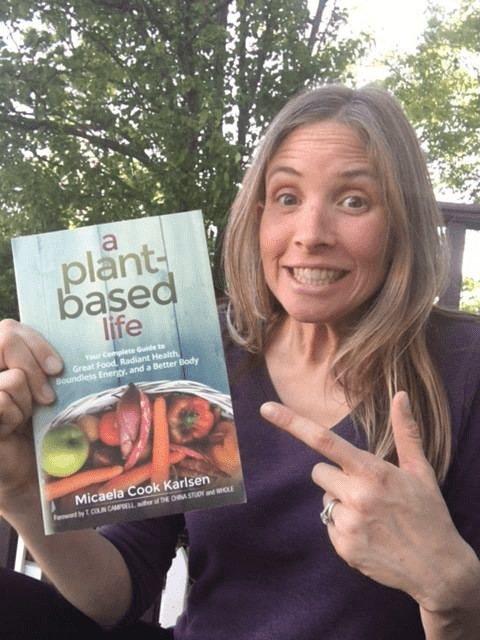
All the book proposal tips are in response to something I saw in a proposal in the past week—some common mistakes or information that’s often missing in a proposal. This post should help you avoid those mistakes and omissions and make your proposal more attractive to literary agents and publishers. Ready?
2 General Book Proposal Tips
- For a prescriptive book, such as self-help, how-to or business, a good phrase to use throughout — “readers will learn.”
- Embrace Diversity: for stories and anecdotes, remember how diverse our society is. I often see books with anecdote after anecdote about people with generic Caucasian-sounding names. Use representative examples from diverse communities and groups. You may be creating composites of clients or patients. Be sure to make sure they represent diversity—ethnically, gender-wise, etc. If everyone has a vanilla name and profile, publishers and agents will think you are out of touch or don’t understand the needs of a diverse readership. This is especially important for parenting books, but helpful in any self help book.
Section-Specific Book Proposal Tips
Your Overview needs to be super-compelling. You may even want to write that last, once you have figured out what your most compelling points are. The overview should capture what makes your book fresh, why it’s desperately needed, where it fits in the marketplace, and should illustrate that you have the platform that will help you SELL lots of books: you reach this audience already and have the network to do even more.
Begin your Overview ¼ to 1/3 down the page.
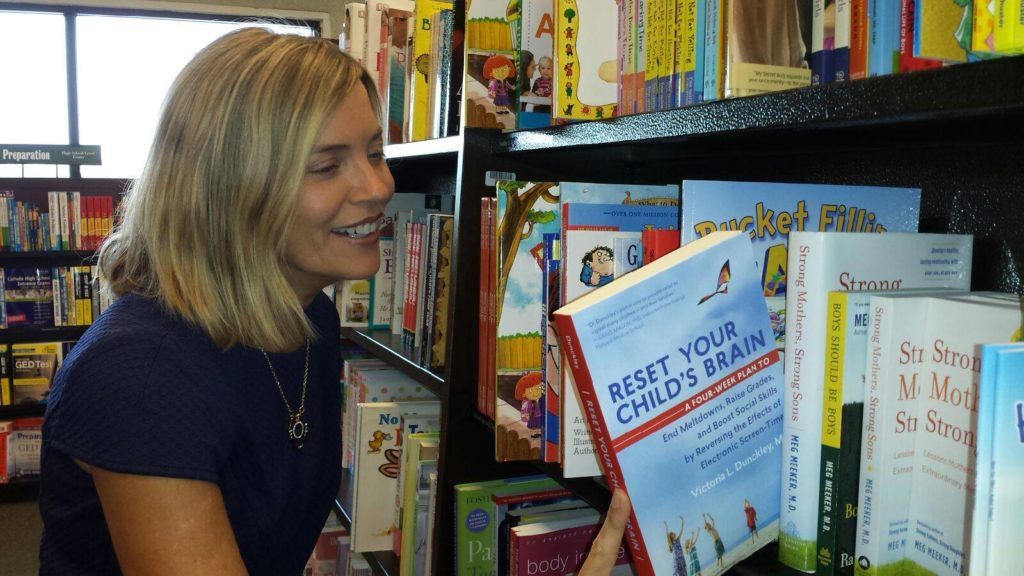
Audience section: needs numbers. Use census and other data. I often see an audience or markets section that is more qualitative than quantitative but it’s the numbers that get bandied about and used to calculate sales projections in an acquisitions board meeting. If you want your book to make it to that meeting, supply the numbers they’ll need to make sales projections.

Platform and Promotion Plan: These are crucial to publishers (and are also used for sales projections). Make sure your promotion plan stems from your platform. Tip for 2021 and beyond: Consider making sure your plan is COVID-proof. Many (or most) of your promotion activities should occur online – such as podcasts, being a panelist on online summits, online conferences, etc. Consider doing some podcast guesting.
The Comps section: if there is some very strong information about how your book fills an unmet need and ways it uses the latest research, make sure you mention this in the overview as well as comps . Also, you can look at amazon reviews for some of these competitive and complementary books and note what readers are saying is missing from your competition.
Chapter Outlines or Summaries: In general, say that “the chapter” explores, describes, illustrates, etc. rather than “the author” will explore…etc.
Next Steps
What questions do you have for me about book proposals? Ask below.
Looking for more tips on How to Write a Book Proposal?
Read How to Write a Book Proposal, which links to most of my book proposal articles and posts and check out 8 Top Nonfiction Book Proposal Mistakes (and how to fix them).



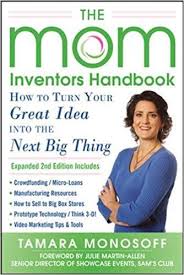
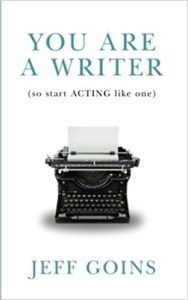
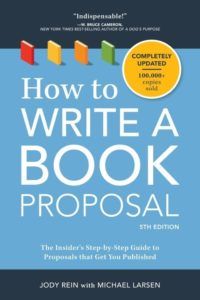 8. Create a Discount Code for Purchases Accompanied by a Request for Reviews. Jody Rein, literary agent and co-author with Michael Larsen of the 5th edition of How to Write a Book Proposal, says, “Although, in support of independent bookstores, I often send people to
8. Create a Discount Code for Purchases Accompanied by a Request for Reviews. Jody Rein, literary agent and co-author with Michael Larsen of the 5th edition of How to Write a Book Proposal, says, “Although, in support of independent bookstores, I often send people to 
 Online media: This includes online news sites and shows, your blog, online articles, social media,
Online media: This includes online news sites and shows, your blog, online articles, social media, 

